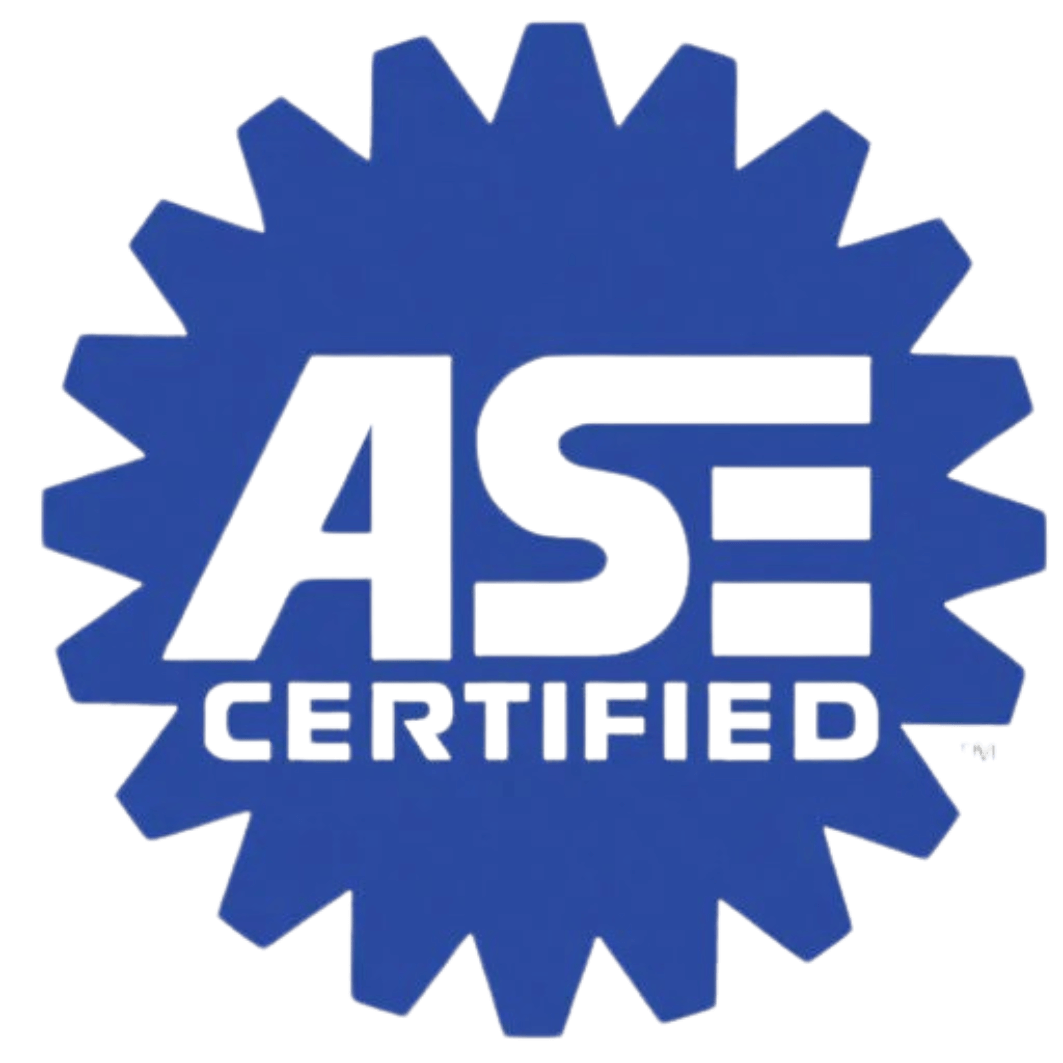Winter Driving: How to Stay Safe Driving in the Snow

Winter is just around the corner, which means that adverse weather conditions like snow, ice, and freezing temperatures are going to make the roads that much more dangerous and pose significant risks for both experienced and brand-new drivers. At Car-X, we want to ensure your safety and the safety of others on the road, so […]
Can My Flat Tire Be Fixed?

At some time or another, most people will experience a flat tire on their car. Flats can happen for a variety of reasons, and the good news is that in most cases, tires that have gone flat can be repaired. However, not all tires can be repaired. In this blog, let’s take a look at the various […]
Catalytic Converters
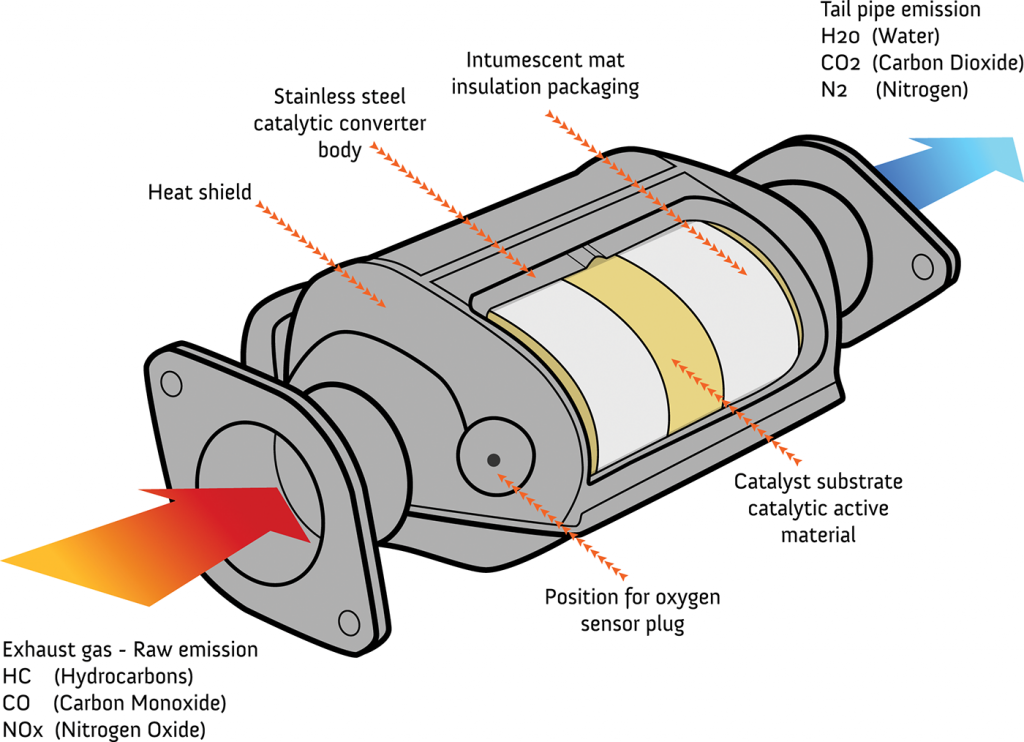
For nearly fifty years, the catalytic converter has been an essential component of an automobile’s emission and exhaust system. These devices have also been in the news in recent years, as they are frequently stolen from the underneath of cars. What is a Catalytic Converter? First appearing onto the automotive scene around 1975, a catalytic converter is an […]
“Enjoy Illinois” 300 Nascar Races

The BREX Car-X Group sponsored the “Enjoy Illinois 300” Nascar Races at the Worldwide Technology Raceway in Madison County on June 3rd & 4th. It was a very hot 90+ degrees both Saturday and Sunday with just under 100,000 fans over the two days of racing. In spite of the heat, it was a great […]
What’s the Difference Between Conventional vs. Semi-Synthetic Oil?

When it comes to the maintenance of vehicles, motor oil, and oil changes are imperative. Motor oil is essential for properly lubricating a car’s engine, at all temperatures and speeds. There are many different types of motor oil on the market today, including conventional, synthetic, and semi-synthetic blends. No matter what kind of car you […]
Should I Have My Car Inspected? 6 Great Reasons To Do It

Modern cars are extremely complex machines, with many systems and components working together to make your vehicle operate at top performance. As cars age and accumulate miles, it is very important they be regularly inspected to ensure safety and proper operation. In fact, 15 states in the U.S. legally require that cars be inspected to […]
Why is My Check Engine Light On?
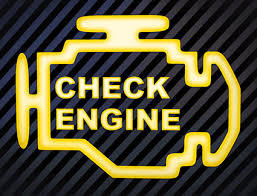
You are driving your car down the freeway, and everything seems to be fine. Then suddenly the Check Engine Light illuminates on the dashboard. When this issue occurs, it is important that you address this problem in a timely manner. In this blog, we will take a look at what to do when your Check Engine Light […]
Why is My Car Leaking Coolant?
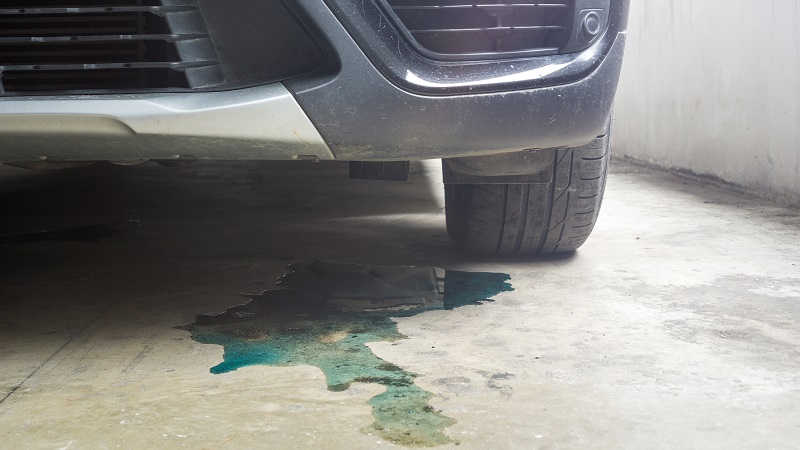
One of the most important components of your car’s engine is its cooling system, as it is responsible for preventing the motor from overheating while driving. If you happen to notice, a bright green or orange fluid on the ground under your car, you could have a coolant leak and should get the issue addressed […]
Why Your Car’s Engine Is Making a Rattling Noise
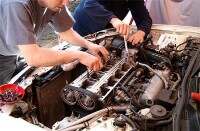
Why Your Car’s Engine Is Making a Rattling Noise Are you hearing a rattling or pinging sound from your car? Is the noise coming from the engine area? An engine rattling noise can be a sign that something is wrong, and should be addressed as soon as possible. Let’s take a look at some possible […]
Why Does the Inside of My Car Smell Like Gas?

If the inside cabin of your vehicle smells like gasoline, it could be a sign that there may be more significant problems, and you should address them as soon as possible. While the smell of gas fumes on occasion isn’t as alarming, a strong odor from inside the vehicle should be investigated right away. […]

